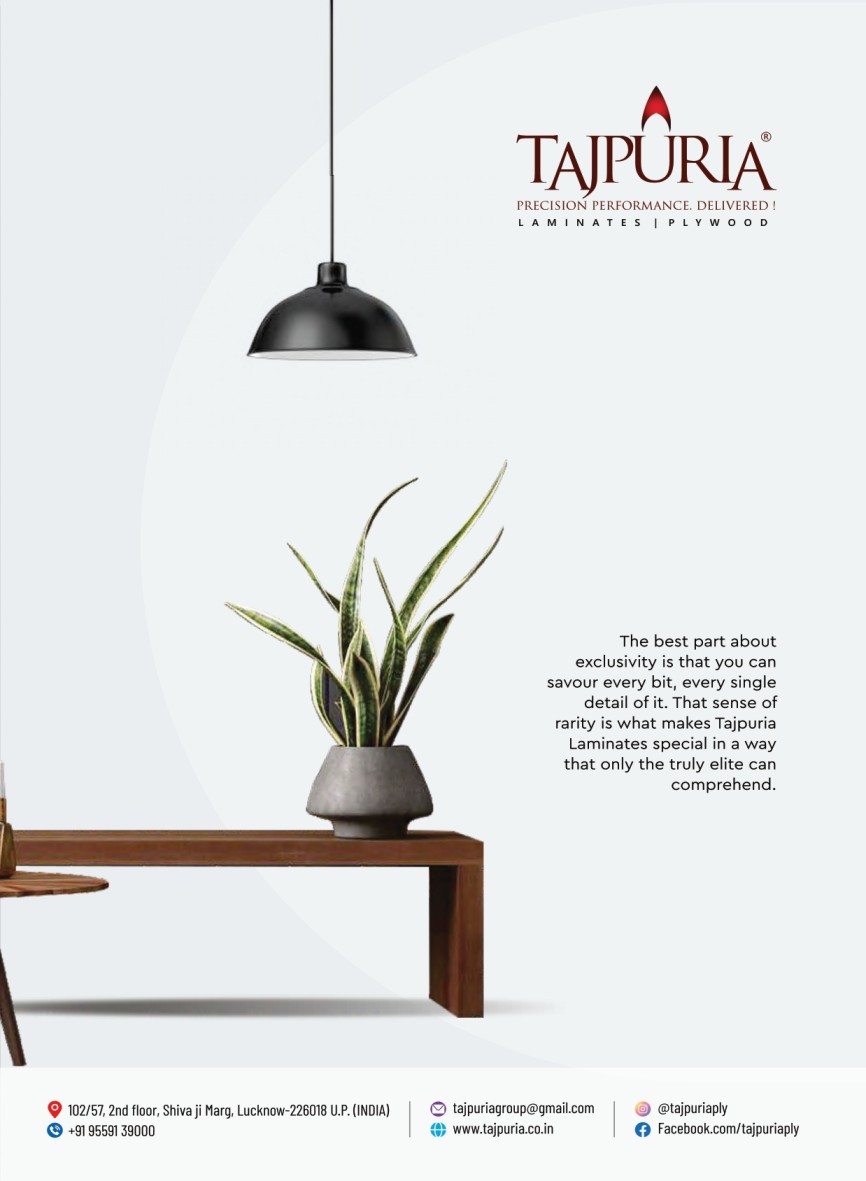Plywood
- April 2, 2024
- 0
1. Introduction
When it comes to building materials, plywood is a versatile and commonly used option that has been around for decades. Plywood is made by layering thin sheets of wood together, alternating the direction of the grain to increase strength and reduce the chances of warping.
This construction method makes plywood strong, durable, and perfect for a wide range of applications in construction and furniture making. In this blog, we will explore the various types of plywood, its uses, benefits, and how it compares to other building materials.
Whether you are a DIY enthusiast or a professional contractor, understanding the ins and outs of plywood can help you make informed decisions on your next project.
2. What is plywood and why is it popular?
Plywood is a widely popular and versatile building material made by bonding together thin layers of wood veneers.
Its popularity stems from its exceptional strength and durability, thanks to the crosswise layering of the wood grains, making it resistant to warping and cracking.
Plywood’s versatility allows it to be used in various applications, including furniture, flooring, roofing, and wall sheathing. Its cost-effectiveness, ease of installation, and availability in different grades and thicknesses further enhance its appeal to DIYers and professionals alike.
Stay tuned as we delve deeper into the advantages of plywood and explore its wide-ranging applications.
3. Types of plywood and their uses
There are several types of plywood available, each designed for specific applications. From softwood plywood to hardwood plywood, marine plywood to exterior plywood, each type offers unique characteristics suitable for different projects.
Softwood plywood is commonly used in construction and DIY projects, while hardwood plywood is preferred for furniture-making and cabinetry.
Marine plywood, with its waterproof adhesive, is ideal for marine applications and outdoor furniture. Exterior plywood, on the other hand, is specifically manufactured to withstand outdoor elements.
Understanding the different types of plywood and their uses is crucial in selecting the right material for your project. Stay tuned as we explore the distinctive features of each plywood type and their recommended applications.
4. Benefits of using plywood in construction and furniture making
Plywood is a versatile and cost-effective material that offers numerous advantages in construction and furniture making. Its cross-layered construction provides strength and stability, making it ideal for structural applications.
Plywood’s uniformity and resistance to warping and cracking make it a reliable choice for furniture manufacturing, ensuring longevity and durability.
Additionally, plywood’s smooth surface allows for easy finishing, providing endless design possibilities in furniture projects. Its lightweight nature also eases handling during construction, reducing labor costs and installation time.
Stay tuned to discover more reasons why plywood is the preferred choice for builders and craftsmen alike.
5. How to choose the right plywood for your project
Selecting the appropriate plywood for your project is essential for its success. Factors to consider include the grade, thickness, and intended use of the plywood. Different grades of plywood offer varying levels of quality and appearance, so it’s crucial to match the grade to your requirements.
The thickness of the plywood will determine its strength and suitability for different applications. Always ensure that the plywood you choose is suitable for the specific demands of your project to guarantee optimal performance and longevity.
In the next section, we will delve deeper into these factors to guide you in making informed decisions when selecting plywood for your next construction or woodworking endeavor.
6. Proper care and maintenance of plywood
Once you’ve selected the right plywood for your project, it’s essential to ensure its longevity through proper care and maintenance. To prevent warping or damage, store plywood in a dry and well-ventilated area off the ground.
Avoid exposure to extreme temperatures or moisture, as these can compromise the integrity of the material. When using plywood outdoors, apply a protective sealant to shield it from the elements.
Regularly inspect the plywood for any signs of wear or damage, and address any issues promptly to prevent further degradation. By following these maintenance practices, you can maximize the lifespan and performance of your plywood investments.
7. Conclusion: The versatility and durability of plywood
In conclusion, plywood is a versatile and durable material that can be used in a wide range of projects. By following proper care and maintenance practices, you can ensure that your plywood remains in top condition for years to come.
Whether you’re working on a DIY project at home or a large-scale construction job, plywood offers the strength and reliability you need.
Remember to store it correctly, protect it from the elements, and address any issues promptly to maximize its lifespan and performance.
Investing in quality plywood and caring for it properly will pay off in the long run, providing you with a reliable and long-lasting material for all your building needs.




























































